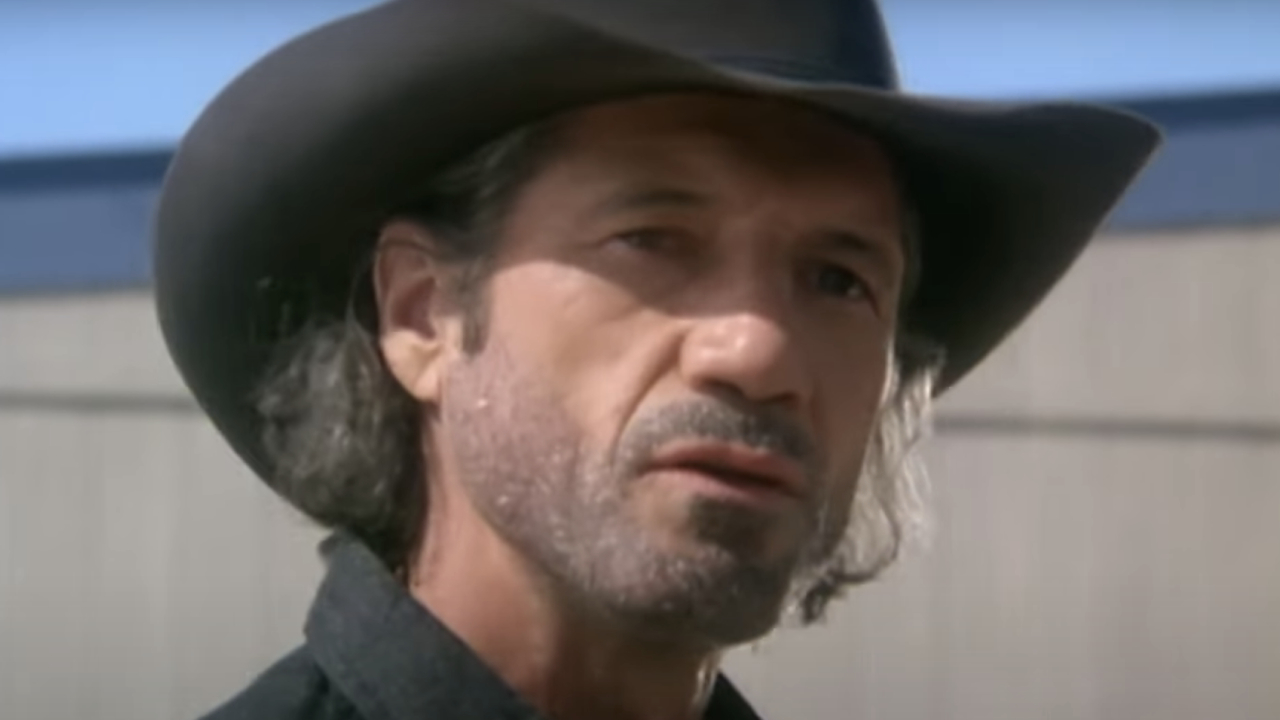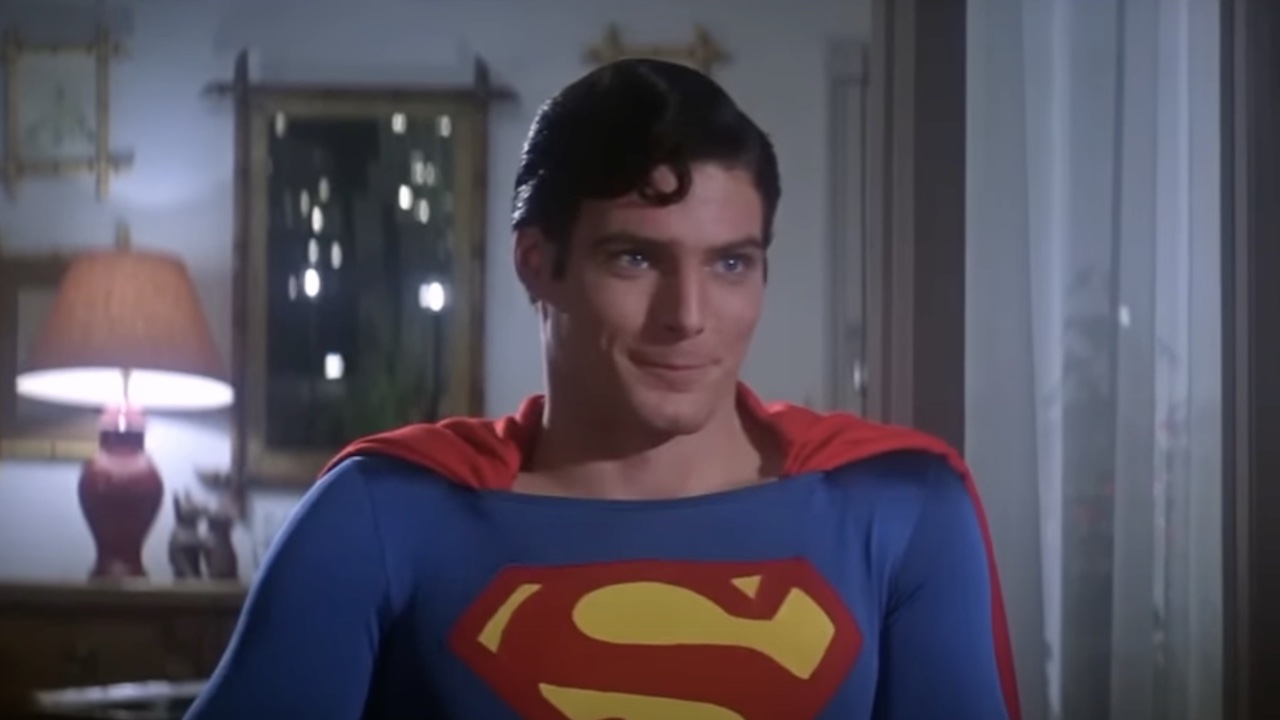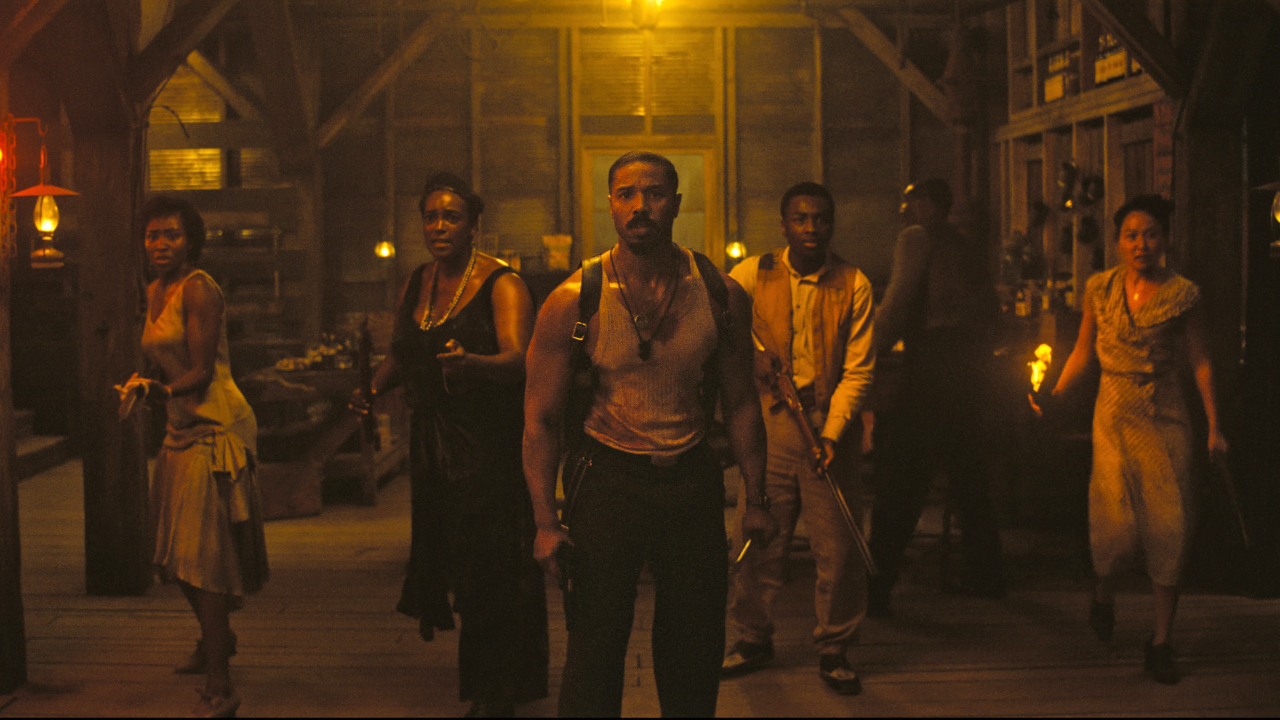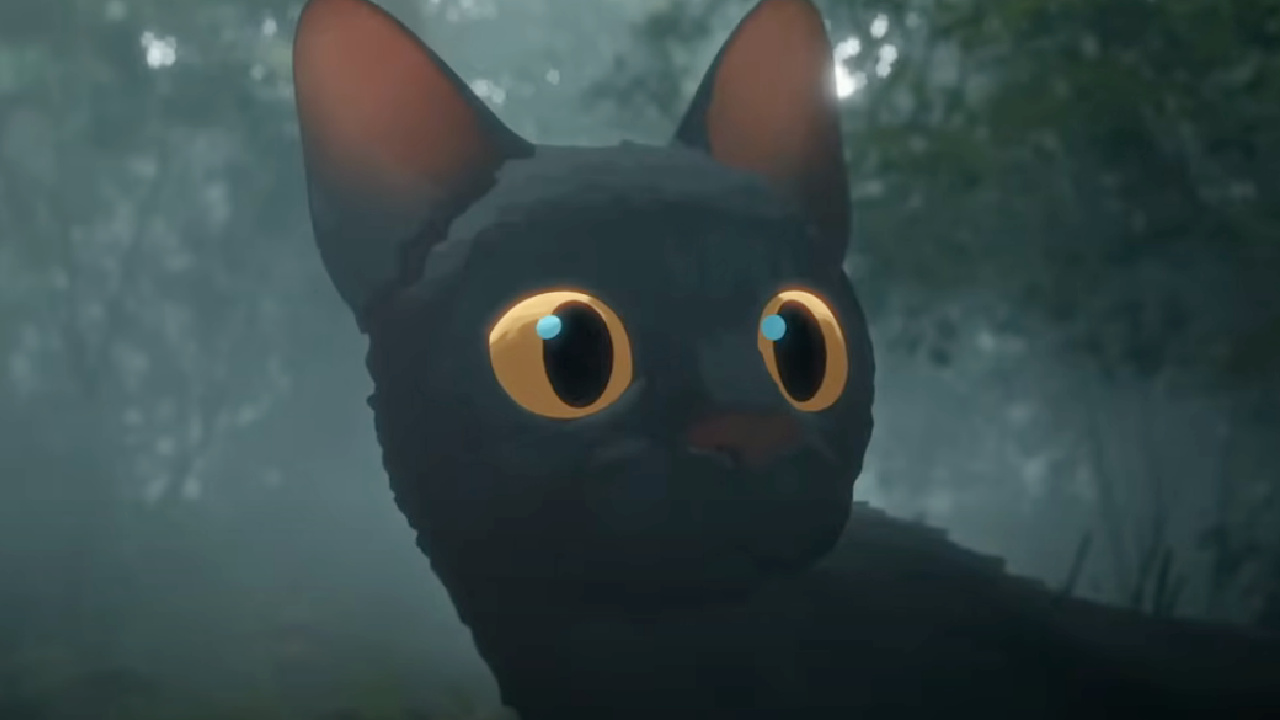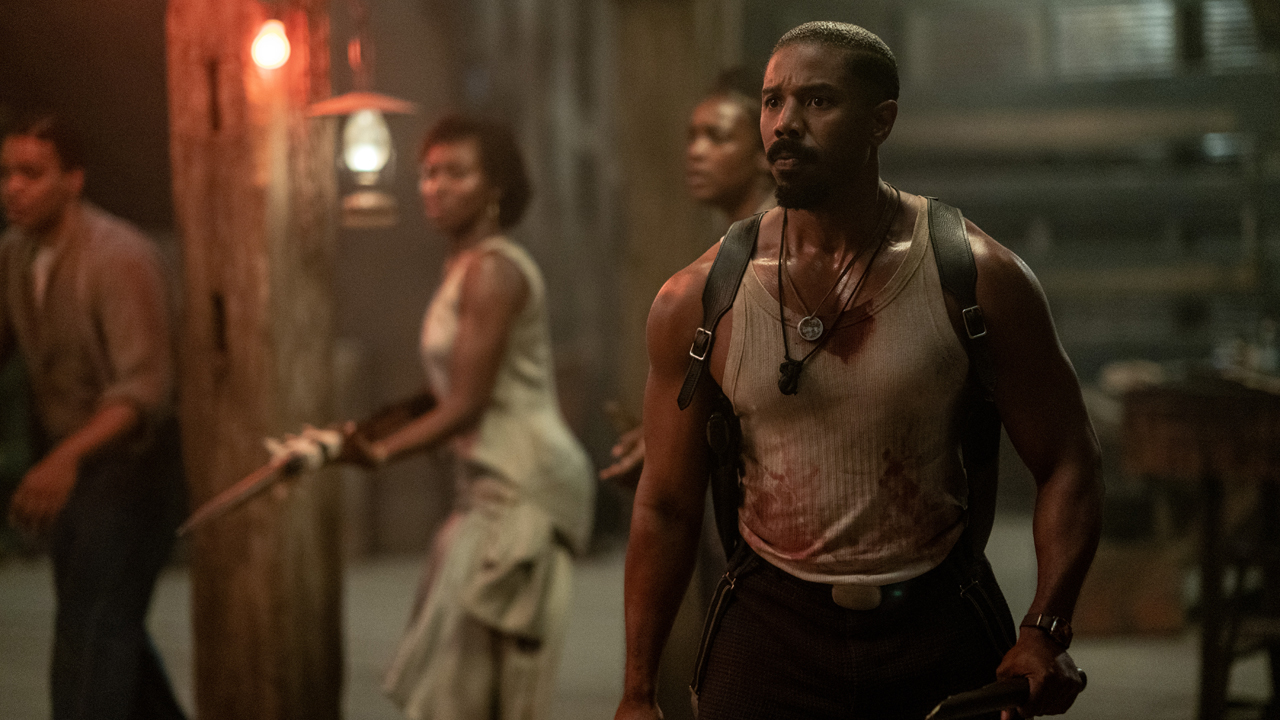Longlegs' Twist Ending Disappointed Me, And That Final Shot Left Me With A Major Question
More like, "Not-long-enough-legs," am I right?
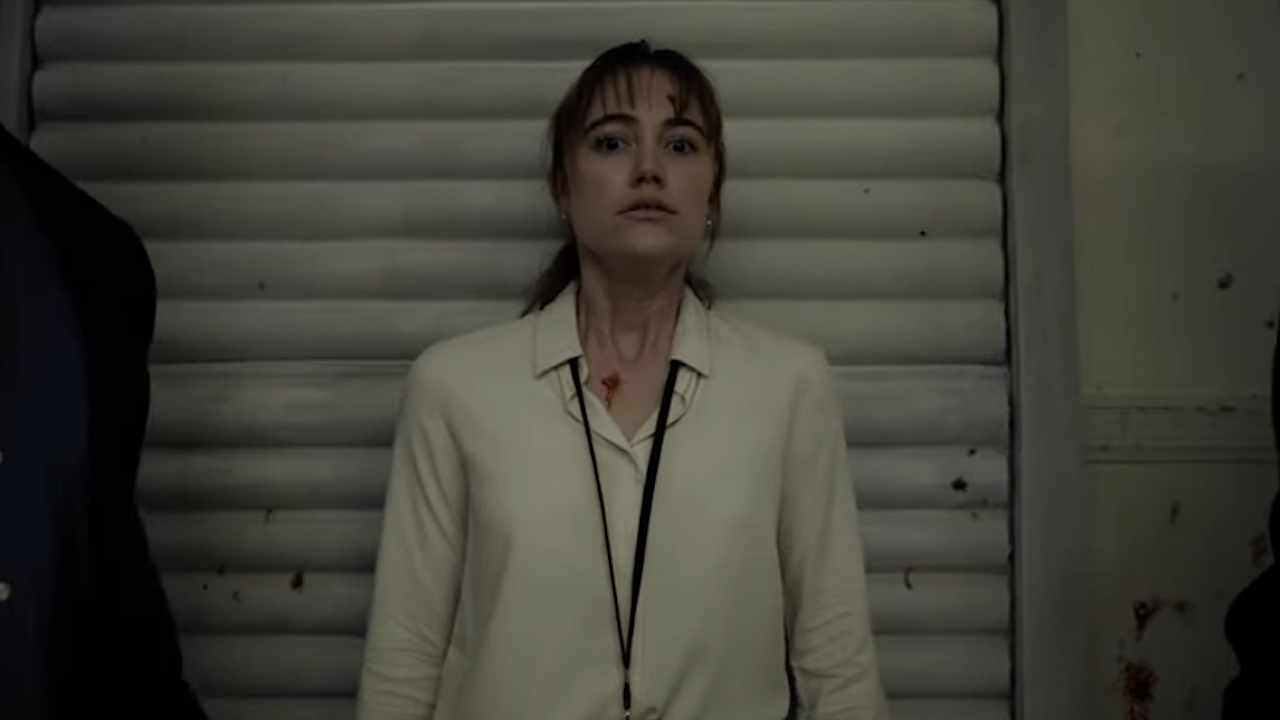
SPOILER WARNING: The following article goes deep into the ending of Longlegs, so if you have not yet seen the horror film, act like a traumatized FBI agent and proceed with caution.
Allow me to make something clear right off bat: I dug Longlegs quite a bit. Similar to the reasons why CinemaBlend’s Alexandra Ramos calls the horror film her favorite 2024 movie so far, I think it is dripping with impeccable, dread-inducing suspense, looks fantastic with Oscar-worthy cinematography, and boasts some of the best performances I’ve seen this year, regardless of genre. However, I hate to say that I do not exactly love it.
From writer and director Osgood Perkins — whose father, Anthony Perkins, is star of one of the best horror movies of all time, 1960’s Psycho — the film has been posited in the very clever marketing as a serial killer drama, following a young, ‘90s-era FBI recruit (played by Scream Queen Maika Monroe) investigating the decades-long murder spree of the title character, played by a brilliant, unprecedentedly unhinged Nicolas Cage. Yet, I would realize that is not what the movie is truly about when it revealed its climactic twist that, admittedly, left a sour taste in my mouth. That is actually just one of two reasons why the ending of Longlegs did not really work for me as I hoped, so let’s dig a deeper into this 2024 movie, shall we?
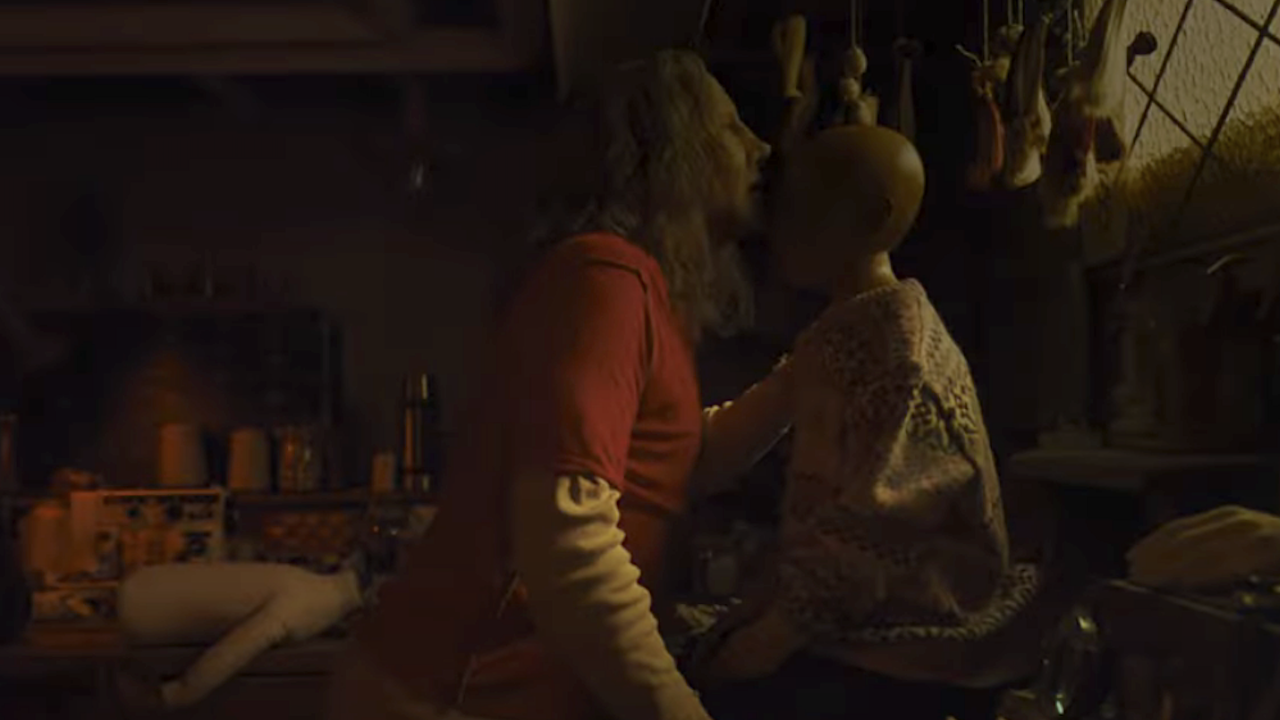
What Is The Twist From Longlegs And Why It Has Me Slightly Disappointed
Agent Lee Harker (Monroe) discovers that her mother, Ruth (Alicia Witt), is the suspected accomplice to Longlegs (née Dale Ferdinand Cobble) — an epic, horrifying reveal that I was absolutely on board with. However, we then learn through flashbacks that Ruth was not actually killing any families on Cobble’s behalf, but was delivering dolls resembling the targeted families’ nine-year-old daughters that harnessed a mystical, Satanic presence that drove their fathers to murder. It was actually the trance-inducing effects of Lee’s own doll that prevented her from remembering her childhood encounter with Longlegs and her mother’s involvement until Ruth destroyed it.
While I am usually successful in not allowing my expectations to influence my overall feelings of a movie, I failed to accomplish that with Longlegs. I was eagerly anticipating this upcoming horror movie under the impression that it was a terrifying, but still grounded and realistic, crime thriller in the vein of Best Picture Oscar Winner, The Silence of the Lambs. In fact, when the film’s supernatural elements became apparent, I was hoping that there would be some sort of clever, rational explanation to tie it all together, but when the film confirmed it was indeed “Satan’s influence” that caused these murders, I hate to admit that I was a little bummed. At least, that is how I felt at the time.
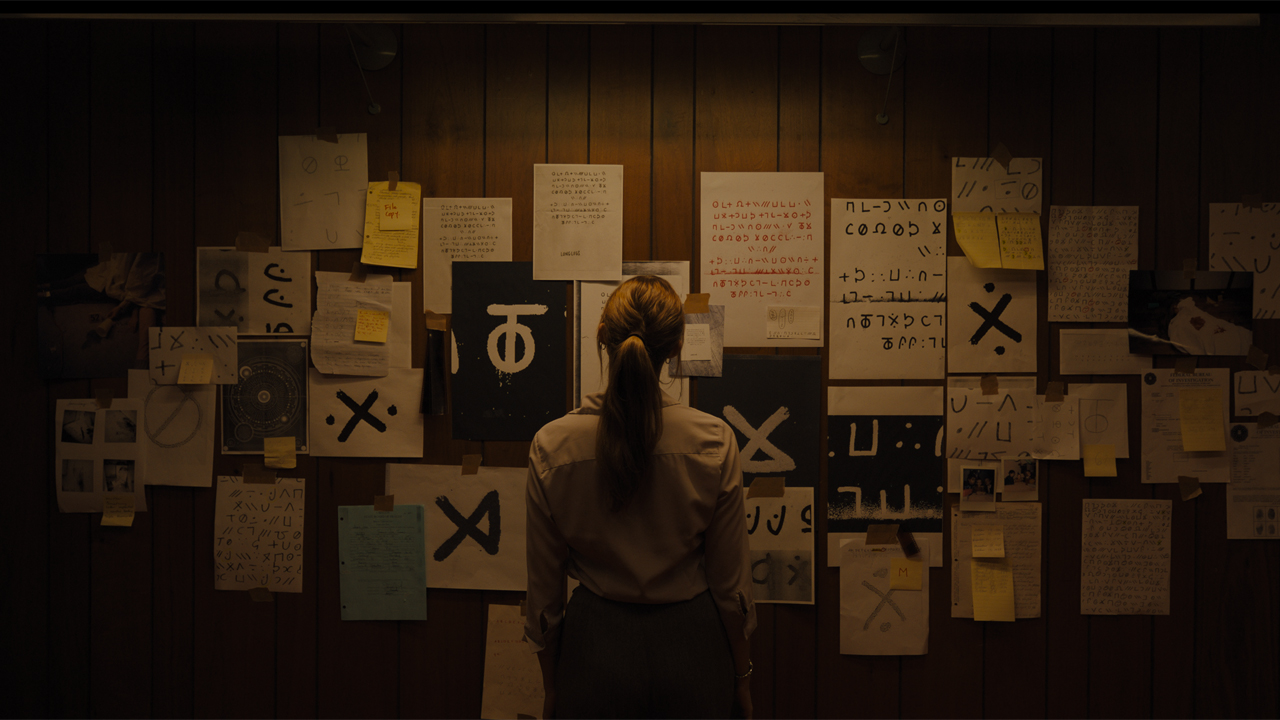
Deconstructing Longlegs’ Twist
I am actually happy to say that I have since come around to accept the supernatural twist from Longlegs, as I believe the idea of a person bringing actual, metaphysical evil into innocent people’s homes and driving them to murder is still a frightening concept. Not to mention, brief glimpses of a cloaked demonic figure showing up at the murder sites leant beautifully to its unsettling, visceral tone. Yet, what really allowed me to give into the idea that this was not the serial killer movie I anticipated was an interview with Osgood Perkins in which he reveals the titular, centerpiece serial killer was never the point of of the story after all, which explains some of the unexpected movies he asked his cast and crew to watch.
When speaking to The Ringer’s Sean Fennessey on his podcast, The Big Picture, the filmmaker says he wanted to craft a story that rebels against common portrayals of serial murderers as unstoppable forces of evil, but make Longlegs some random creep who got into Satanism and took it too far. In fact, the serial killer element is just window dressing to conceal the movie’s most essential core message, being a meditation on the extreme measures a parent will go to protect their own child, even if that means bringing harm to others. I am not entirely sure if I feel that Perkins combines those two different concepts in a perfect blend, but I still admire the approach and am especially impressed with the tonal execution, even if I am still irritated by its final moment.
CINEMABLEND NEWSLETTER
Your Daily Blend of Entertainment News

Why Longlegs’ Final Shot Left Me Even More Disappointed
In Longlegs’ final moment, after Lee uses her remaining bullets to shoot Agent Carter (Blair Underwood) — who has killed his wife, Anna (Carmel Amit) — and her own mother, she fails to destroy a doll resembling Carter’s nine-year-old daughter, Ruby (Ava Kelders), and seems unable to look away from it as the film cuts to black. This is the latest example of a trend I noticed in which many recent horror movies — such Alex Garland’s Men, for instance — end right in the middle of their most crucial and climactic scenes and, quite frankly, I am sick of it. In fact, given my initial disappointment of its otherworldly turn of events, its abrupt ending had me reevaluating Longlegs’ largely positive critical reception and questioning if this was worth seeing at all.
This may be a surprising hot take from the guy who thinks Skinamarink is an indie horror game changer, but because Kyle Edward Ball’s haunted house thriller is meant to be an abstract and somewhat nonsensical nightmare, I think it earned the right to end whenever it wanted. Longlegs, however, is presented as a more traditional narrative that, for my taste, robs itself of feeling like a truly complete experience by cutting to black in the middle of its most important moment and leaving me with too many questions.
Do Ruby and Lee eventually leave? Is Lee possessed now and destined to take her mother’s place? What psychological repercussions could they face after witnessing this traumatic event? I am not asking to have every detail spelled out for me, but only that horror filmmakers allow the stories they craft to breathe just a little bit more and come to a resolution that is effectively dark, but does not leave us wandering in the dark.
Then again, if I was able to come to a more favorable conclusion regarding how I feel about the non-grounded elements of Longlegs, maybe I will be able to appreciate the open-ended nature of its final shot at some point. I do intend to try a second watch of the film, which I believe will be available with a Hulu subscription based on Neon’s agreement with the platform, and see if my experience improves. Until then, bang a gong and get it on.

Jason Wiese writes feature stories for CinemaBlend. His occupation results from years dreaming of a filmmaking career, settling on a "professional film fan" career, studying journalism at Lindenwood University in St. Charles, MO (where he served as Culture Editor for its student-run print and online publications), and a brief stint of reviewing movies for fun. He would later continue that side-hustle of film criticism on TikTok (@wiesewisdom), where he posts videos on a semi-weekly basis. Look for his name in almost any article about Batman.
